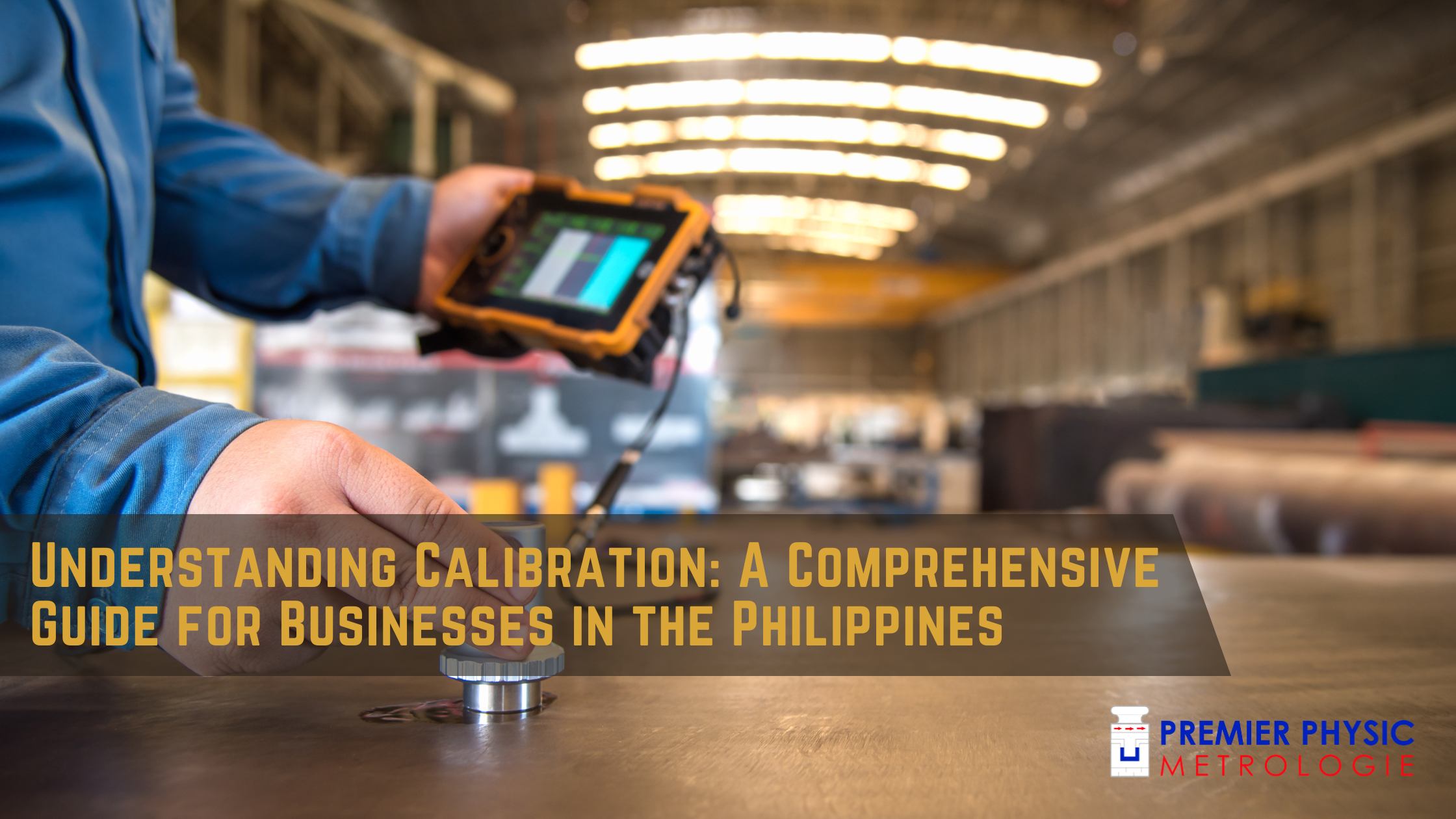Calibration plays a pivotal role in ensuring accuracy, reliability, and compliance across various industries. For businesses in the Philippines, understanding calibration is essential for maintaining quality standards, meeting regulatory requirements, and optimizing operational efficiency.
Introduction to Calibration
What is Calibration? Calibration is the process of comparing the measurements of an instrument, system, or process to a known standard to determine its accuracy and reliability.
Importance of Calibration in Business In industries such as manufacturing, healthcare, and automotive, calibration ensures that equipment and processes deliver accurate results, leading to improved product quality, reduced waste, and increased customer satisfaction.
Types of Calibration
Instrument Calibration This involves verifying and adjusting the accuracy of measuring instruments such as thermometers, pressure gauges, and scales.
Process Calibration Process calibration focuses on ensuring the accuracy and reliability of manufacturing processes, including temperature control, pressure regulation, and flow measurement.
System Calibration System calibration involves calibrating entire systems or networks of instruments to ensure they function correctly and produce reliable data.
Benefits of Calibration for Businesses
Ensures Accuracy and Precision Calibration ensures that measurements are accurate and reliable, preventing errors and reducing the risk of product defects or safety issues.
Enhances Product Quality By maintaining precise measurements and process controls, calibration helps businesses produce high-quality products that meet customer expectations.
Regulatory Compliance Calibration is often a regulatory requirement in industries such as healthcare, aerospace, and food manufacturing to ensure compliance with standards and regulations.
Calibration Process
Pre-Calibration Preparation Before calibration, equipment must be properly cleaned, inspected, and prepared to ensure accurate measurements.
Calibration Execution During calibration, instruments are compared to reference standards, and adjustments are made to ensure accuracy and reliability.
Post-Calibration Analysis After calibration, data is analyzed to verify compliance with specifications and identify any trends or issues that may require corrective action.
Common Calibration Tools and Techniques
Use of Calibration Standards Calibration standards such as weights, thermometers, and pressure gauges are used as reference standards to calibrate measuring instruments.
Calibration Software Solutions Software solutions automate the calibration process, streamlining data collection, analysis, and documentation to improve efficiency and accuracy.
Calibration Certificates Calibration certificates provide documented evidence that equipment has been calibrated and meets specified accuracy requirements.
Calibration Frequency
Determining Calibration Intervals Calibration intervals are determined based on factors such as equipment usage, environmental conditions, and regulatory requirements.
Factors Affecting Calibration Frequency Factors such as equipment age, usage patterns, and criticality of measurements influence calibration frequency.
Calibration Standards and Regulations in the Philippines
Overview of Philippine Standards The Philippines follows international standards such as ISO/IEC 17025 for laboratory accreditation and ISO 9001 for quality management systems.
Compliance Requirements for Businesses Businesses must adhere to local regulations and industry standards to ensure compliance with quality and safety requirements.
Selecting a Calibration Service Provider
Factors to Consider When selecting a calibration service provider, businesses should consider factors such as accreditation, expertise, and service capabilities.
Importance of Accreditation Accredited calibration service providers adhere to international standards and undergo regular audits to ensure the highest level of quality and reliability.
Cost Considerations in Calibration
Initial Investment vs. Long-term Savings While calibration requires an initial investment in equipment and services, the long-term savings from improved quality and compliance outweigh the costs.
Cost of Non-Compliance The cost of non-compliance, including product recalls, fines, and damage to reputation, far exceeds the cost of implementing a robust calibration program.
Challenges in Calibration
Technical Complexity Calibration can be technically complex, requiring specialized knowledge, skills, and equipment to ensure accurate measurements.
Resource Constraints Smaller businesses may face resource constraints such as limited budget and personnel, making it challenging to implement and maintain a comprehensive calibration program.
Changing Regulatory Landscape Keeping pace with evolving regulations and standards can be challenging for businesses, requiring ongoing training and updates to calibration procedures.
Case Studies: Successful Calibration Implementation
Industry Examples Case studies highlight businesses that have successfully implemented calibration programs to improve quality, reduce costs, and enhance compliance.
Business Impact By investing in calibration, businesses can achieve tangible benefits such as increased productivity, reduced downtime, and improved customer satisfaction.
Future Trends in Calibration
Advancements in Technology Technological advancements such as automation, IoT, and AI are transforming the calibration industry, making processes more efficient and cost-effective.
Emerging Standards and Practices New standards and practices are continually evolving to address emerging challenges and opportunities in calibration, such as remote calibration and real-time monitoring.
Training and Education in Calibration
Importance of Skill Development Training and education programs help personnel develop the knowledge and skills needed to perform accurate and reliable calibrations.
Training Programs Available Various training programs, workshops, and certifications are available to help businesses train their personnel in calibration best practices.
Calibration Maintenance and Auditing
Regular Maintenance Practices Regular maintenance and calibration audits help ensure that equipment remains in optimal condition and continues to deliver accurate measurements.
Importance of Audits Audits provide an independent assessment of a calibration program’s effectiveness, identifying areas for improvement and ensuring compliance with standards and regulations.
Conclusion
In conclusion, calibration is a critical process for businesses in the Philippines to ensure accuracy, reliability, and compliance across various industries. By understanding the importance of calibration, selecting the right service providers, and implementing robust calibration programs, businesses can enhance product quality, improve operational efficiency, and maintain regulatory compliance.
Unique FAQs
- What are the consequences of not calibrating equipment? Without calibration, equipment may provide inaccurate measurements, leading to product defects, compliance issues, and potential safety hazards.
- How often should equipment be calibrated? Calibration frequency depends on factors such as equipment usage, environmental conditions, and regulatory requirements. It is typically recommended to calibrate equipment at regular intervals.
- What is the role of calibration in regulatory compliance? Calibration ensures that equipment and processes meet regulatory requirements for accuracy, reliability, and quality assurance, helping businesses comply with industry standards and regulations.
- Can calibration be performed in-house, or is it better to outsource? While some businesses may have the capability to perform in-house calibration, outsourcing to accredited service providers often ensures higher accuracy, reliability, and compliance with industry standards.
- How can businesses measure the ROI of implementing a calibration program? Businesses can measure the return on investment of a calibration program by assessing factors such as improved product quality, reduced downtime, decreased scrap and rework costs, and enhanced customer satisfaction.




